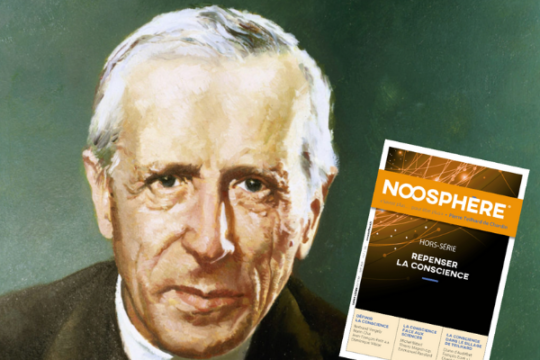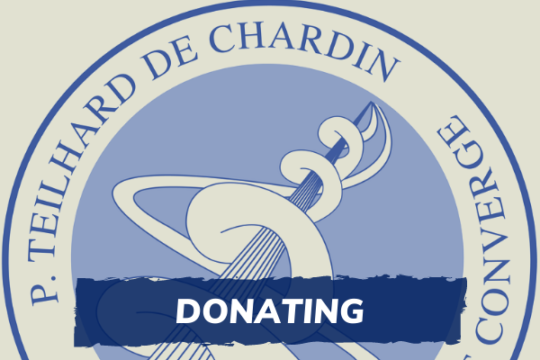
Jesuit priest, geologist and paleontologist, Pierre Teilhard de Chardin (1881-1955) was above all a tireless researcher. He is one of the first to have proposed an evolutionary synthesis of the History of the Universe and of Life as it is explained to us today by the scientific community, and to have extended it to a Christian religious dimension.
His vision of the world, presented among other things in his posthumous work “The Human Phenomenon”, is conceived around the central theme of evolution: evolution as the rise of complexity that supports consciousness with the hypothesis of a convergence in an ‘Omega’ point, the Universal Christ or Cosmic Christ of St. Paul. In particular, he developed the concept of the “noosphere”, the Earth’s thinking envelope, and explained the current phenomenon of planetaryization.
Throughout his international scientific career he has remained in contact with the National Museum of Natural History, which currently hosts his Foundation.






